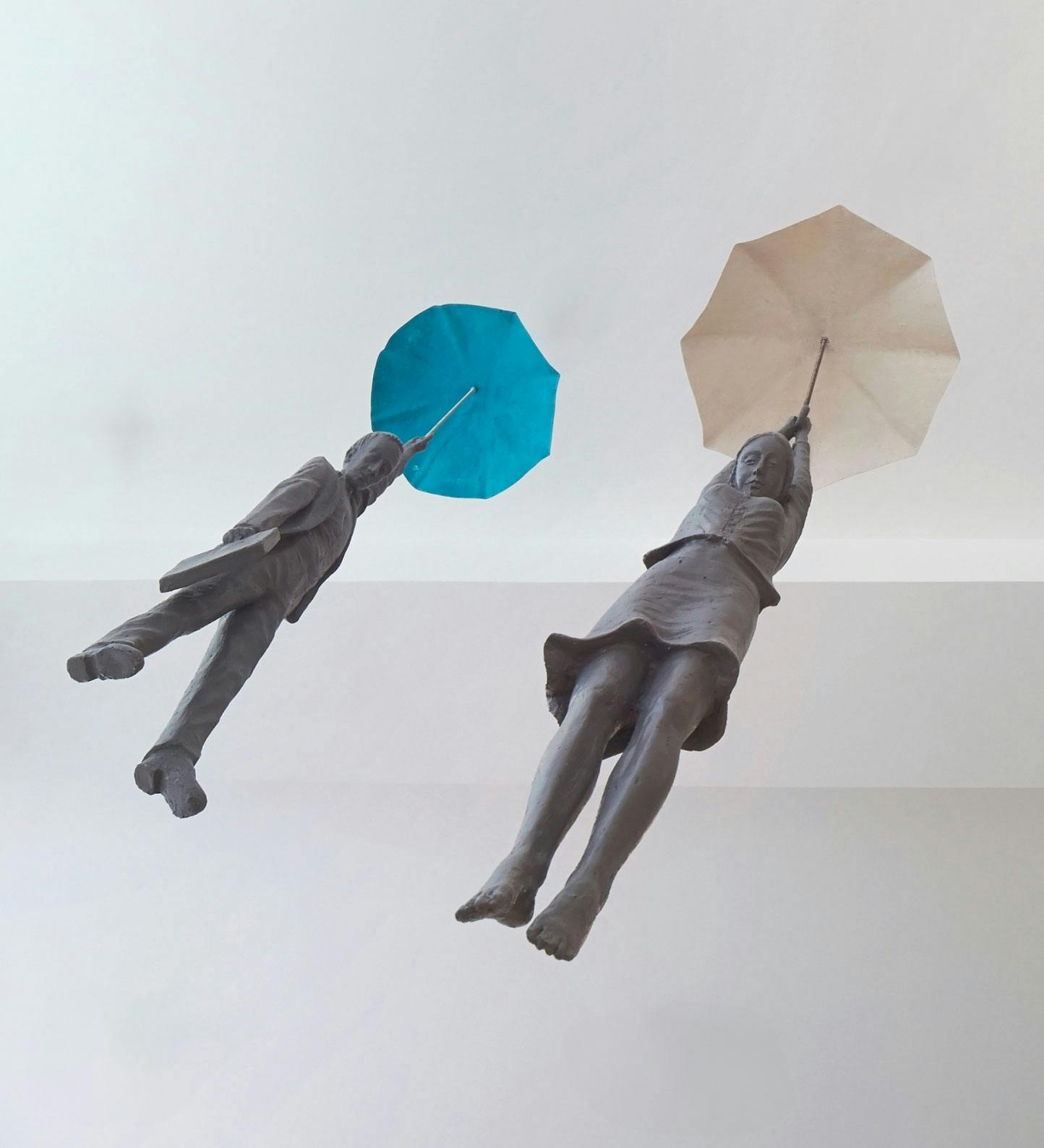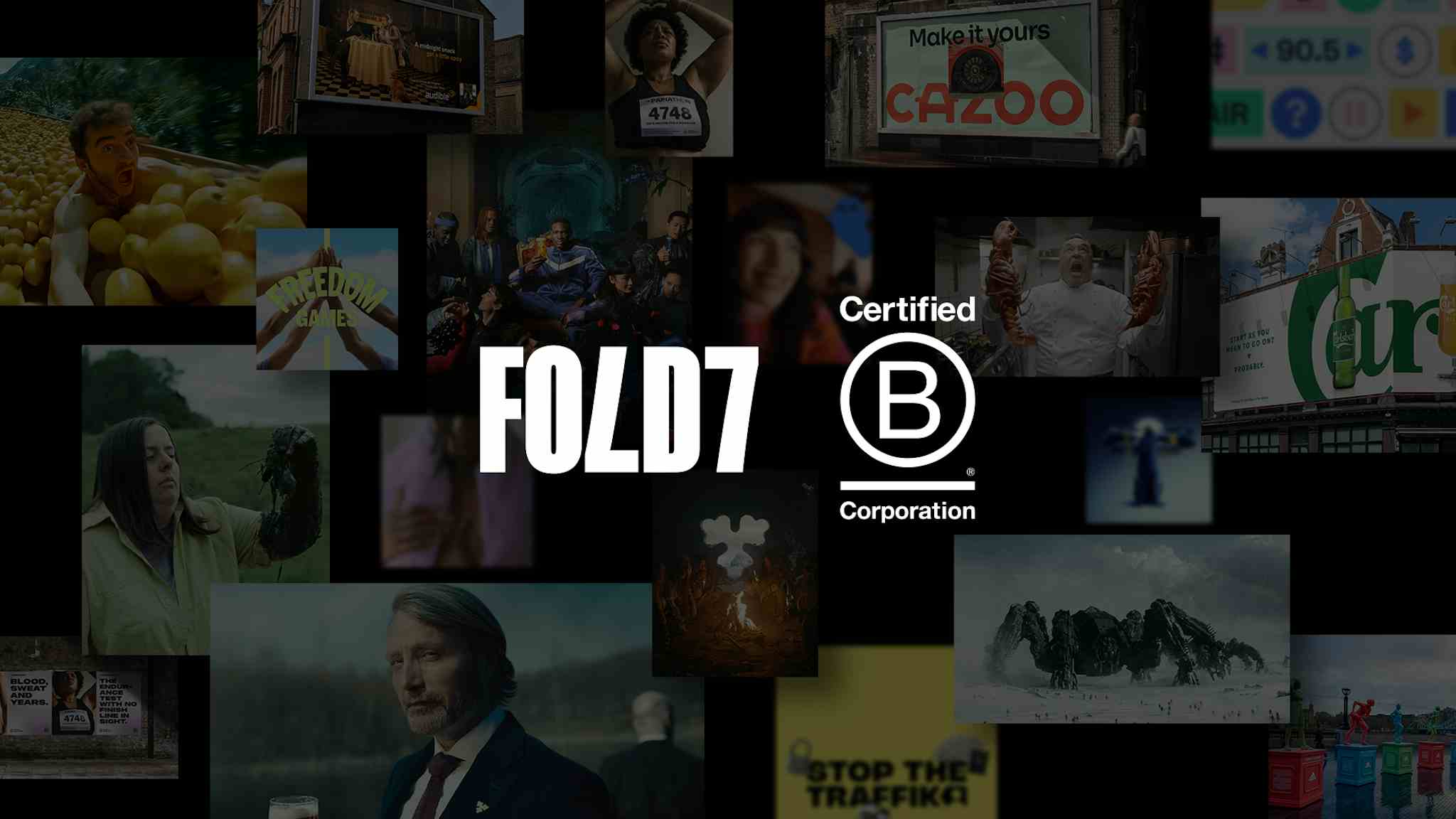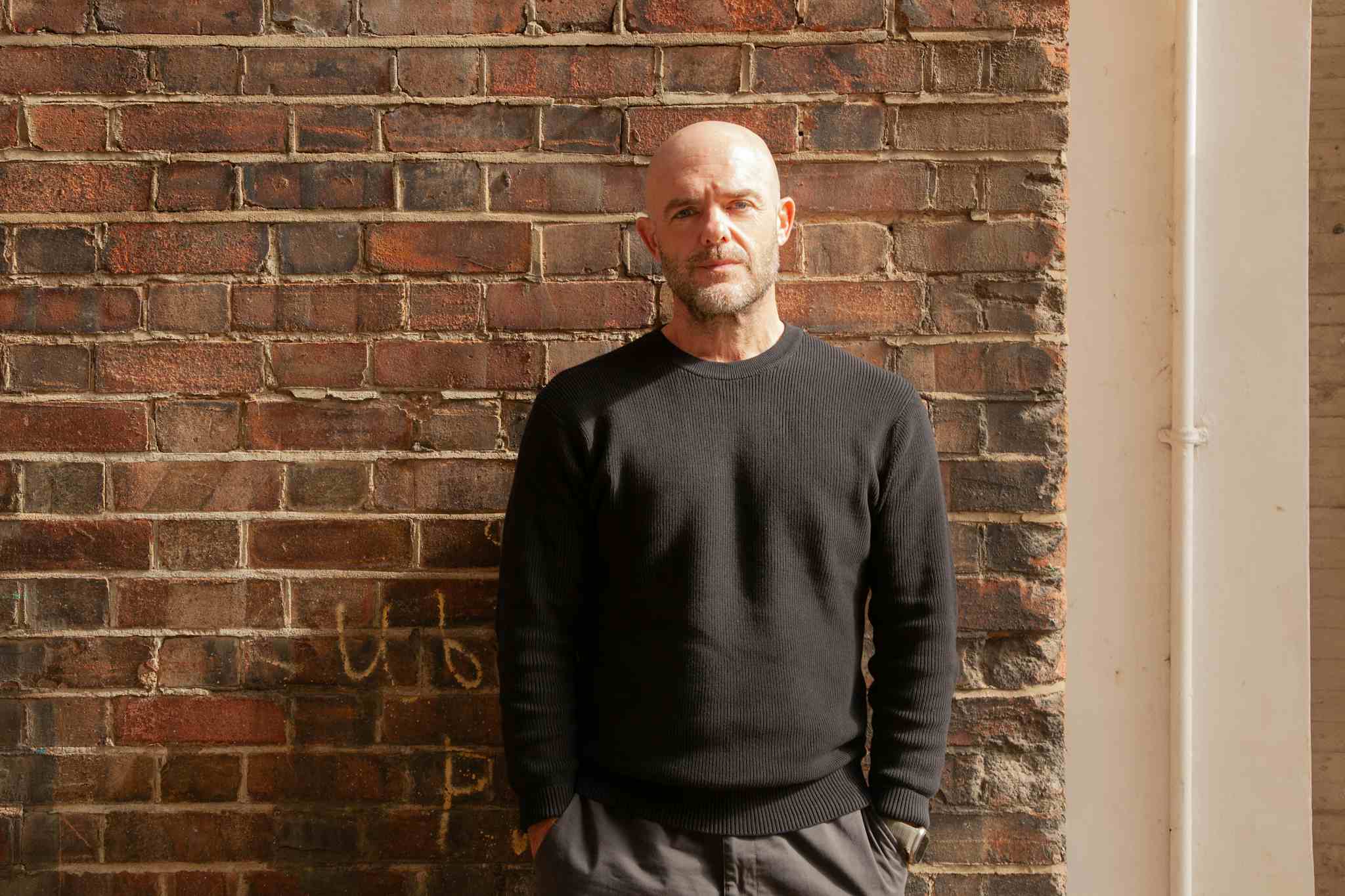
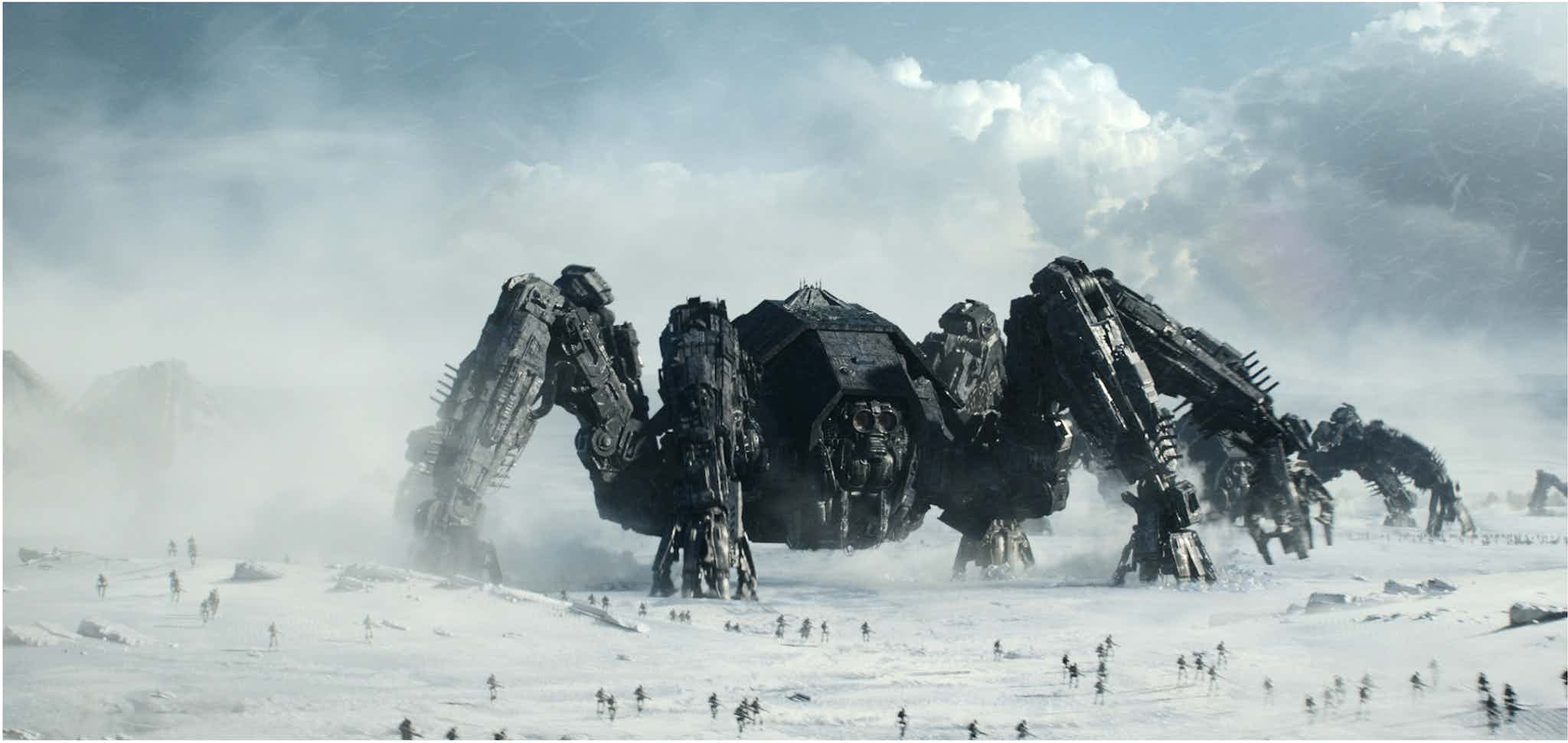
How generative AI was pivotal in the creation of our new global campaign for Audible
Call me Dr Strangelove, but I’m having a love affair with a technology supposedly here to wipe us out. No, I’m not talking about nukes - they don’t allow us fission weapons in the creative department - just another item on a long list of extinction-level threats.
Understandably, there is a lot of gloom and anxiety about how human creativity might be replaced or displaced by AI. And maybe that will come to pass.
But right now, I wonder if we may be living in a bit of a Goldilocks Zone, where human creativity and AI tools could coexist in a perfect symbiosis. Because I have a cheery tale to tell — a tale of how AI absolutely made our recent global 360-degree campaign for Audible, ‘There’s More To Imagine When You Listen’ — the brand’s first global creative platform — more creative, compelling, and bold.
The platform is centered on the simple creative conceit that you can be entirely immersed in the imaginative wonder of an audiobook while doing something very mundane. For example, your head might be on a galactic transporter at the outer edge of the Eagle Nebula, but your body’s actually on the Number 42 bus.
This collision of worlds — imagined, fictional universes being penetrated by elements of the everyday—is a concept that we applied to everything from TV to OOH, audio, digital, social and beyond, showing how great audio content fires your imagination and transports you beyond the everyday.
Clearly, then, the world-building element of this campaign would be critical, especially when it came to AV. Unless viewers felt completely immersed in these fictional realities, they wouldn’t understand the potential of audiobooks to fire their imaginations, and they wouldn’t enjoy the rug-pull of collapsing those imagined worlds into quotidian reality.
The usual journey from director treatment, through storyboard and moodboard to final film, can often be painful. And that’s because there isn’t, ultimately, a shared frame of reference. You’re building worlds together, but whether it’s the director, the agency, the client, or the art department, no one has quite the same world in their heads.
And when those interpretations collide, you end up in a compromise situation that can quite literally be the worst of all possible worlds.
But what if the agency and director’s vision was something you could actually see? We were lucky enough to work with Antoine Bardou-Jacquet, a French director with an unusually long and highly creative directorial legacy that began way back with Honda’s Cog. Given this, I wasn’t necessarily expecting that he’d be hot on the AI tools. In fact, I’d imagined he’d be a bit of a Luddite in that regard. I was wrong.
From our very first meeting, Antoine would turn up with literally hundreds of Midjourney images - often showing the development from the first prompt to more refined exploration. He would talk through the happy accidents, frustrations, bizarre AI cognitive leaps that, layer by layer, started to define our three imagined worlds: a salt desert on a distant planet, the stage for the final confrontation between dark technocratic invaders and the last stronghold of a noble, feudalist race; a gloomy office in a 1970s New York police precinct inhabited by three tired, broken detectives; an impossible, monolithic, meditative space in a mountain pass.
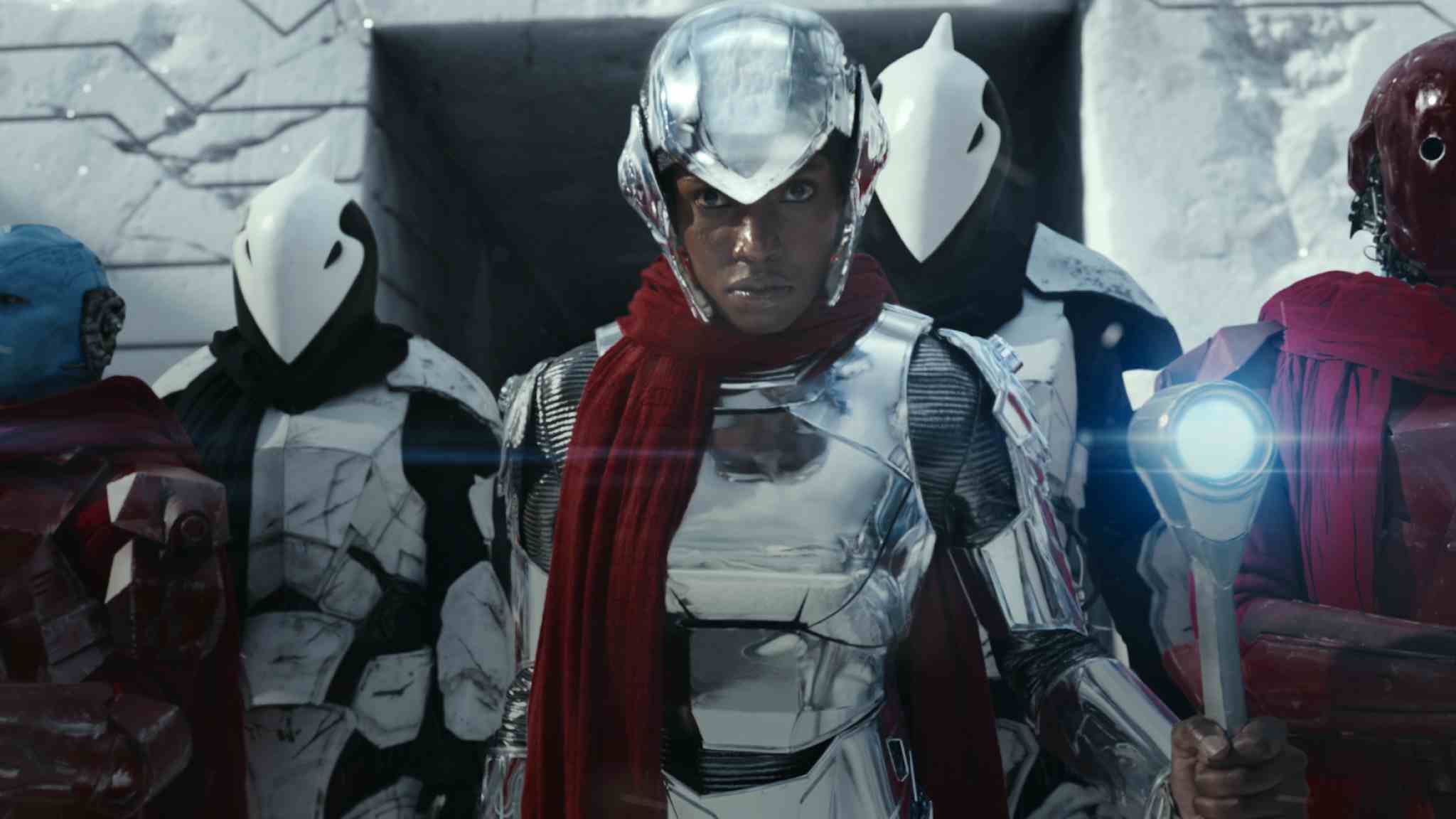
There is something of an element of taming a wild mustang with AI: it’s a bit dangerous, a bit unpredictable, and it never quite does what you want it to. But Antoine was the horse whisperer of Midjourney, world-building with patience, discipline, an incredible encyclopedia of film and art references of his own, and a fierce prompt technique. We even put his accidents to good use. Our eight-foot tall, whale-headed citadel sentinels in “Cosmic Vacuum” came from a mis-prompt where he typed “orca” instead of “orc.”
But little by little, the worlds - landscapes, characters, creatures, costumes - all took shape from the interaction between human and machine. It’s an iterative process, a journey that the whole team is on. No one is second-guessing “the director’s vision,” making leaps of faith, or withholding judgment until ‘they see the edit.’ The world is in front of you. You can see it. And interestingly, because clients and agency and production people get comfortable in these worlds, before a CG artist or a production designer has lifted a finger or clicked a mouse, it makes them bolder. Creative leaps are taken, depth and richness is added, stories are developed, because uncertainty is removed.
On set, you’d see prosthetics artists, set builders, DOPs, all tracking their work against the original AI art. Building those silicon fever dreams into glorious, physical reality (with a little help from some rather tasty CG). And as we all know, when the chaotic magic of human collaboration occurs, stories really come alive.
There may come a day when people like Antoine don’t need the help of huge teams of talented humans to make their visions into a final film. It may.
But I can’t help but feel that AI’s colossal, slightly alien imagination is best used as an extended hive mind for collective dreaming, raising ambition, and building a shared vision. And humans, for now, are better at birthing that vision into the world.
So, sure, AI might wipe us out. But for now, what doesn’t kill us makes us stronger.
This article was first published in The Drum. You can find the original article: https://www.thedrum.com/opinion/2024/07/30/our-audible-campaign-taught-me-stop-worrying-and-love-the-ai-bomb.
More Suggested Articles
Sign up to hear
more from us.
We'll add you to the mailing list so you can read our
latest news, views and cunning ideas.

